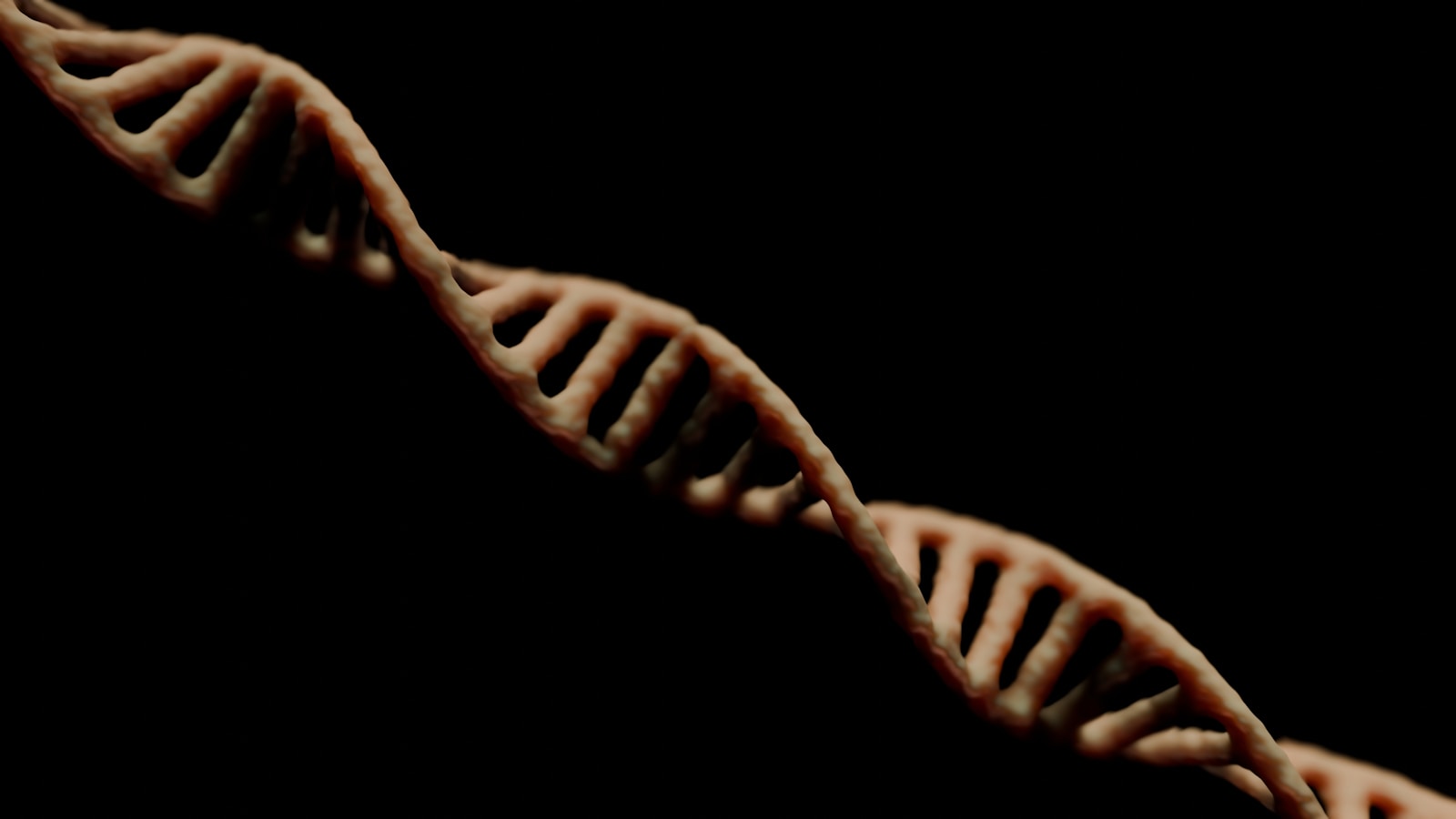A snail’s shell is a vital part of its anatomy, providing protection, support, and regulation of internal functions. When a snail’s shell is damaged, it undergoes a fascinating process to repair and potentially rebuild its shell. The shell of a snail is made up of calcium carbonate and proteins, which are secreted by the snail’s mantle. The shell not only serves as a protective barrier against predators but also plays a crucial role in maintaining the snail’s moisture levels and internal organ safety. Given this multifaceted importance, understanding how a snail manages shell damage can offer insights into both biology and the remarkable resilience of nature.
The Anatomy of a Snail’s Shell
Before delving into the repair process, it’s essential to appreciate the structure of a snail’s shell. Typically, a shell consists of three layers:
- Periostracum: The outermost layer, thin and organic, providing initial protection against acidic environments.
- Prismatic Layer: Composed of calcium carbonate crystals, providing strength and rigidity.
- Nacreous Layer: Known as mother-of-pearl, this innermost layer is smooth and protects the snail’s body.
Each layer plays a role in the shell’s integrity, and damage to any part can compromise the snail’s well-being. Understanding these layers helps us appreciate the complexity of their repair mechanisms.
The Importance of Shell Structure
The architecture of a snail’s shell is not merely for protection. The spiral shape, often seen in many snail species, serves as an efficient design for movement and growth. The spiral allows for the snail to retract its entire body into the shell quickly, minimizing exposure to potential threats. This design is a testament to evolutionary efficiency, making shells not only robust but also functional.
- Example: Consider the garden snail, whose shell spirals in a logarithmic pattern. This mathematical precision allows for optimal space utilization, supporting both the snail’s body and its vital organs snugly.
Repairing Damages
When a snail’s shell is damaged, it first initiates a healing process by secreting a special type of mucus that hardens and forms a patch over the wounded area. This mucus acts as a temporary protective layer while the snail’s mantle works to deposit more calcium carbonate and proteins to reconstruct the damaged shell.
The initial mucus patch is crucial. Imagine it as a band-aid that temporarily covers a cut, allowing the deeper repair processes to commence. This band-aid, however, doesn’t just cover but begins the structural repair by providing a matrix for new material.
- Case Study: In a controlled study, researchers observed snails with minor shell damage. Within a week, the mucus patches had hardened, and new calcium layers were visible. This rapid response highlights the snail’s evolutionary adaptations to frequent threats.
The Process of Secretion
The secretion process is fascinating in its own right. The snail’s mantle tissue is responsible for this secretion, which involves complex biochemical reactions. The mucus is rich in calcium ions, which are rapidly deposited onto the damaged area. Over time, these ions crystallize into calcium carbonate, effectively rebuilding the shell.
- Insight: The speed at which this process occurs can be influenced by environmental factors such as temperature and humidity. Warmer climates tend to accelerate the secretion process, aiding quicker repairs.
Regeneration of the Shell
In some cases, if the damage is not too severe and the snail is healthy and well-nourished, it may be able to regenerate a portion of its shell over time. The regeneration process involves the snail depositing layers of new shell material to gradually rebuild the damaged area. However, the newly formed shell may not be as strong or perfectly shaped as the original.
- Nutritional Needs: A diet rich in calcium is critical. Snails often consume soil or limestone to obtain the necessary minerals. Gardeners can assist by sprinkling crushed eggshells or chalk around areas where snails reside, promoting healthier shell growth.
Dietary Influence on Shell Health
A snail’s diet is pivotal in determining its shell’s health and its ability to repair damage. Foods rich in calcium, such as leafy greens and certain vegetables, can significantly enhance shell regeneration. Moreover, access to calcium-rich substrates in their environment can make a substantial difference.
- Practical Tip: For those maintaining snails in a terrarium, adding a cuttlebone (often used for birds) can provide a readily available calcium source. This not only aids in shell repair but also in overall snail health.
The ability of a snail to regenerate its shell demonstrates the remarkable resilience of these creatures, showcasing nature’s capacity for adaptation and renewal. This process, akin to a skin graft in humans, is energy-intensive. Snails often reduce their activity to conserve energy for shell repair.
Limits to Regeneration
While snails have the remarkable ability to repair and even partially rebuild their shells, there are limitations to this process. Severe damage or repeated injuries can hinder the snail’s ability to regenerate its shell effectively. Additionally, factors such as age, health, and environmental conditions can influence the success of shell regeneration in snails.
- Age Factor: Younger snails have a more robust capacity for repair. Their metabolic rates are higher, allowing for quicker deposition of shell materials. Older snails, however, may struggle with even minor damages.
- Environmental Influences: A polluted environment can hinder shell repair. Acidic rain, for example, can erode calcium deposits, making it difficult for snails to gather the needed materials.
Impact of Environmental Conditions
Environmental conditions play a critical role. Snails thriving in environments with abundant natural calcium sources tend to repair their shells more efficiently. Conversely, urban areas with little access to such resources can see snails struggle more with repairs.
- Example: In rural settings, snails can often be observed repairing shells more effectively due to the presence of natural limestone deposits. In contrast, urban snails may require human intervention, such as supplementary calcium sources, to aid in their shell repair processes.
Understanding the constraints of shell regeneration in snails sheds light on the delicate balance between resilience and vulnerability in these unique organisms, highlighting the importance of conservation efforts to protect their natural habitats.
Conservation Efforts and Human Impact
Human activities have a profound impact on snail populations. Habitat destruction, pollution, and climate change pose significant threats. Conservation efforts aimed at preserving natural habitats and reducing pollutants are essential.
- Practical Steps: Individuals can contribute by maintaining garden areas that are safe for snails. Avoid using pesticides and create environments rich in calcium, such as stone paths or garden features.
Reducing Human Impact
Reducing human impact involves more than just avoiding pesticides. It means fostering environments where snails can naturally thrive. This includes creating microhabitats with ample moisture and food sources, mimicking their natural habitats.
- Example: Building a small pond or water feature can attract snails, providing them with the moisture they need for optimal health and shell maintenance.
Observing Snail Behavior
Observing snails can be a rewarding experience, providing insights into their repair processes. By maintaining a small terrarium, enthusiasts can watch the slow but steady shell repair in real-time, gaining appreciation for the intricate biological processes involved.
- Example: A simple setup with a clear terrarium, some soil, and limestone pieces can serve as a microhabitat. Observing the snails’ behavior, especially after minor shell damage, offers firsthand insight into their resilience.
Educational Opportunities
Setting up a snail habitat offers educational opportunities, especially for children. It can teach them about biology, ecology, and the importance of conservation through direct observation and interaction with snails.
- Tip for Parents and Educators: Use snail observation as a practical biology lesson. Encourage children to document changes in the snails’ shells over time, fostering a deeper understanding of life sciences.
Myths and Misconceptions
Several misconceptions exist about snail shell repair. One common myth is that snails can regenerate entire shells from scratch. While they can repair and regenerate sections, complete shell regeneration is beyond their capability.
- Clarification: If a snail loses more than half its shell, survival becomes unlikely. The metabolic demands of such extensive repair are too great, and the snail’s internal organs are left vulnerable.
Addressing Common Myths
It’s crucial to dispel myths surrounding snails to foster better understanding and care. Education on the realities of their repair abilities can lead to more informed conservation efforts and personal care practices.
- Fact Check: Contrary to some beliefs, snails do not use their shells as storage for food or water. Their shells are primarily protective and structural, housing their organs and providing a safe retreat.
The Role of Snails in Ecosystems
Snails play a critical role in their ecosystems, contributing to nutrient cycling and serving as food for various predators. Their shells, once discarded, become calcium sources for other organisms.
- Ecosystem Impact: In garden settings, snails help decompose plant matter, enriching the soil. Their shells, over time, break down and contribute to soil fertility.
Enhancing Soil Fertility
By decomposing organic matter, snails help enhance soil fertility, making them invaluable to gardeners. Their presence indicates a healthy, balanced ecosystem where nutrient cycling is actively taking place.
- Gardener’s Tip: Encourage snails by maintaining a compost heap. The organic matter will attract snails, who in turn will aid in breaking down the material, enriching your garden soil.
Encouraging Biodiversity
Encouraging snail populations can enhance garden biodiversity. By understanding their needs and behaviors, gardeners can create snail-friendly environments that promote healthy ecosystems.
- Practical Advice: Incorporate plants that snails favor, such as hostas and marigolds. Ensure that there are hiding spots, like rocks and logs, where snails can retreat during the day.
Creating a Snail Sanctuary
Creating a snail sanctuary involves more than just planting their favored flora. It requires a balanced ecosystem where snails can thrive without overpopulation issues, which can lead to garden damage.
- Step-by-step Guide:
- Select a Suitable Location: Choose a shaded area that retains moisture well.
- Plant Diversity: Incorporate a variety of plants that offer food and shelter.
- Water Sources: Ensure there are small water features or regularly mist the area.
- Calcium Access: Provide natural calcium sources, like crushed eggshells or limestone.
- Monitor Population: Regularly check for signs of overpopulation and manage accordingly.
Overall, the ability of a snail to rebuild its shell if damaged showcases the incredible adaptability and resilience of these fascinating creatures. Through a combination of mucus secretion, shell deposition, and regeneration, snails have evolved mechanisms to survive and thrive in their environments despite potential threats to their protective shells.
The intricate processes involved in shell repair and regeneration underscore the complexity of nature’s designs, illustrating the beauty and functionality of even the smallest creatures in the natural world. By understanding and supporting these processes, we can better appreciate the delicate balance of life and contribute positively to the environments we share with these resilient mollusks.



